The animal kingdom is full of amazing, beautiful and weird things. We are often in awe of the way other creatures on this planet have adapted and learned to survive in their varying habitats.
From animals that can’t vomit to poisonous geese, this list of 30 fun facts about animals shows you just how strange the animals we share our planet with actually are.
Koalas Have Human-Like Fingerprints

m-kojot / Getty Images
To kick off our list of fun facts about animals, let’s start with something relatable. While you may think we have nothing in common with these too-cute marsupials, think again!
Koalas have fingerprints that are so much like human ones that, according to Live Science, they are almost indistinguishable from a human’s, even under a microscope.
Horses Can’t Vomit

castenoid / Getty Images
If a horse eats something it shouldn’t have, or starts to choke, you can’t induce vomiting. Why? Because horses can’t vomit!
This is because the sphincter going into the stomach is strong and acts like a one-way valve, allowing food in but not allowing it to come back up.
Rodents Can’t Vomit Either

GeorgeDolgikh / Getty Images
Like horses, rodents can’t vomit either.
It’s not exactly known how rodents developed this trait, but according to a study in Smithsonian Magazine, a diaphragm lacking in muscle and a stomach that is not structured to move food up, only down, plays a role in their inability to throw up.
Rodents Eat Clay When Sick
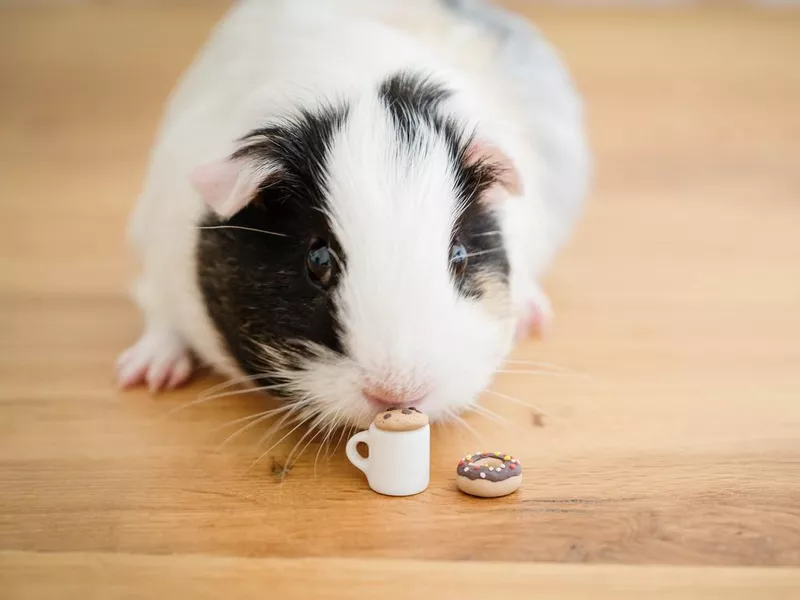
gollykim / Getty Images
So, what do you do if you can’t throw up something bad? Well, rodents eat clay.
Smithsonian Magazine notes that the clay absorbs the substance, so it can’t be absorbed into the body.
Reindeer Eat Lichen
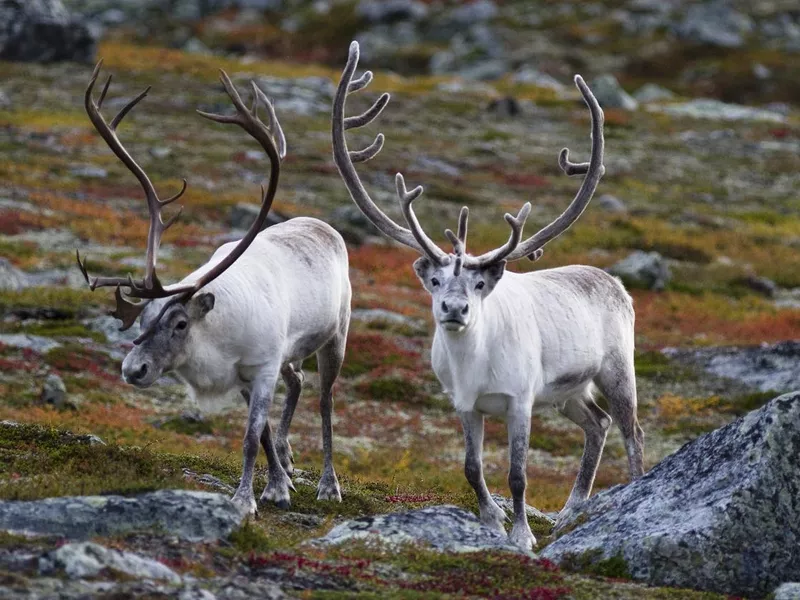
PaulAnthonyWilson / Getty Images
Most of us probably think of reindeer as grazers, like the forest deer we see all the time.
But reindeer actually eat lichen, a type of fungus and algae, among other things like willow and the barks of trees.
The Narwhal’s Horn Is Actually a Tooth

dottedhippo / Getty Images
A fun fact about animals previously thought to be myths: The narwhal’s horn is actually a tooth that grows outside its mouth. This means it also has nerve endings.
Often called the unicorn of the sea, the narwhal has often been hunted for it’s giant tooth. Poor thing!
One Species of Jellyfish Cheats Death

Duangkamon Panyapatiphan / Getty Images
The Turritopsis dohrnii, a tiny jellyfish that measures just 4.5 millimeters, is able to reverse its life cycle when sick or injured. The adult jellyfish reabsorbs its tentacles, goes back an entire life stage and, within 24 to 36 hours, it “regrows” into a polyp, which then matures back into an adult jellyfish called a medusa.
For this reason, it is known as the Immortal Jellyfish, even though they do still die.
Starfish Eat Inside Out
Sea Stars, commonly called Starfish, eat in a very unique way. Instead of swallowing their food, they push their stomach outside of their body. The stomach surrounds the meal, digests it and then is pulled back into their body.
Check out this time-lapsed video of a Sea Star eating a mussel.
Puffins Use Twigs to Scratch Themselves

LionH / Getty Images
While many use the term “bird brain” to mean “stupid,” many things birds do prove just how wrong that phrase is.
Case in point: A study published in the Proceedings of the National Academy of Sciences found that Atlantic Puffins pick up and use small sticks to scratch themselves.
There Is a Species of Ant That Only Lives in New York City
Apparently, it’s not just humans that love New York City! There is a species of ant, nicknamed the ManhattAnt, that only lives in the Broadway medians at 63rd and 76th Streets.
According to Smithsonian Magazine, scientists cannot match it to any other species of known ant, which includes more than 13,000.
Caribbean Sperm Whales Have Accents
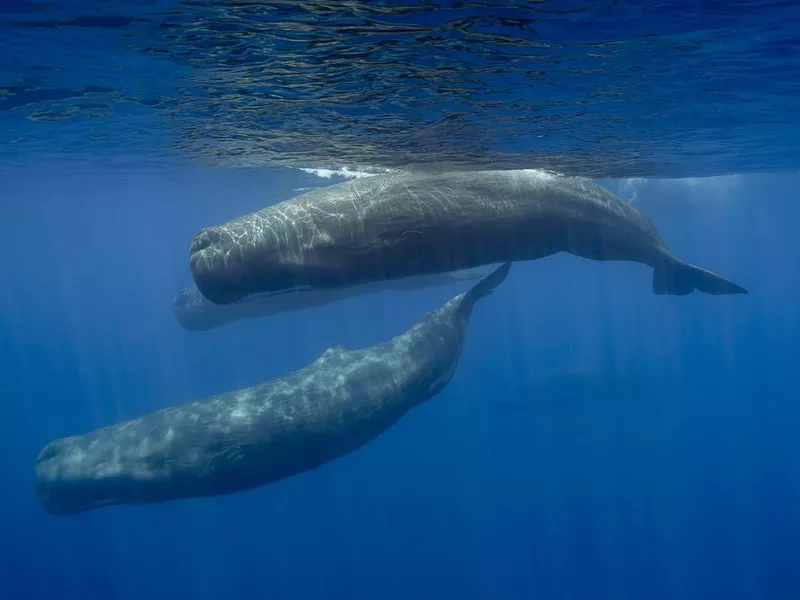
eco2drew / Getty Images
In a 2016 study published in The Royal Society, researchers found that Caribbean sperm whales have a different accent than Sperm Whales from other oceans when communicating.
Flamingos Eat Upside Down
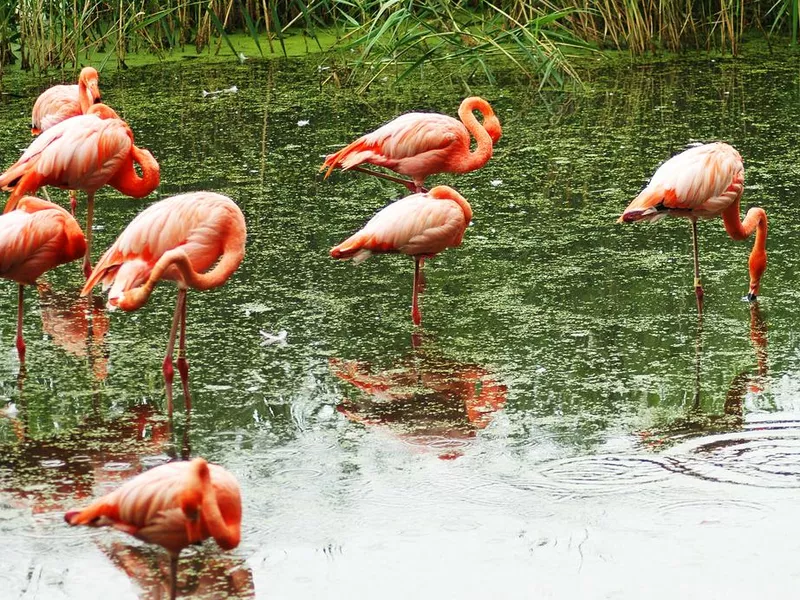
Vonkara1 / Getty Images
This fun fact about animals will change the way you look at flamingos entirely. Flamingos are filter feeders. They stir up the food from the bottom of the water and scoop up a mouthful of water, silt and food, and they have to be upside down to do it.
Then, according to the Salisbury Zoo, “Tiny openings at the top of the bill help drain all the algae, shrimp and small fish through to the tongue.”
Ants Don’t Have Lungs
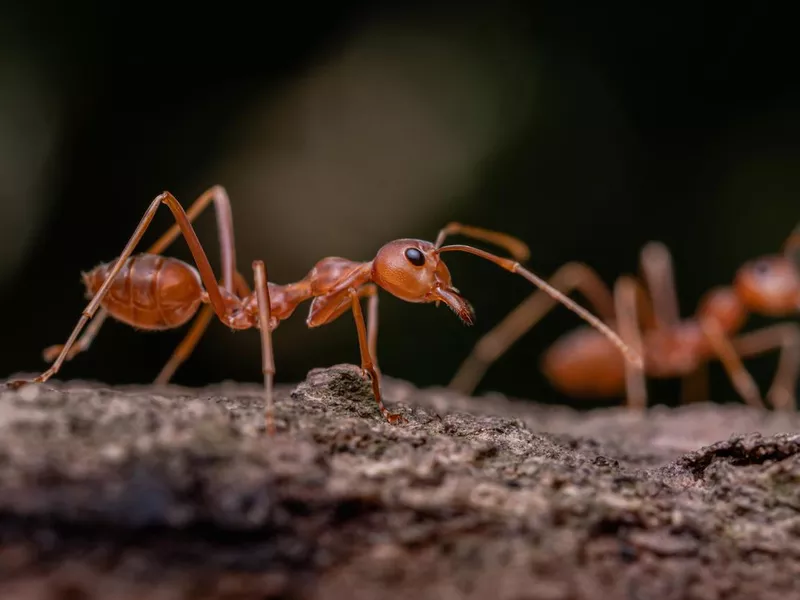
lamyai / Getty Images
Ants don’t have lungs, but they still breathe air!
According to BBC Science Focus Magazine, ants have nine to 10 pairs of holes, called spiracles, that take air in and spread it throughout their body, instead of using blood to carry oxygen like in human bodies.
Ghost Crabs Growl … Using Their Stomach?!
You may not have thought about a crab making noise — except maybe when they’re clicking their claws. But the Ghost Crab growls using teeth inside their stomach!
Watch this video with an actual recording of the growling from SciShow.
Tigers Are Striped Down to the Skin
There are many animals with colorful coat patterns, including zebras, giraffes and domesticated cats.
However, tigers are the only one of these whose skin pattern matches their coat pattern. This might be our favorite fun fact about animals, because how cool would it be to have striped skin?
Owls Swallow Their Prey Whole
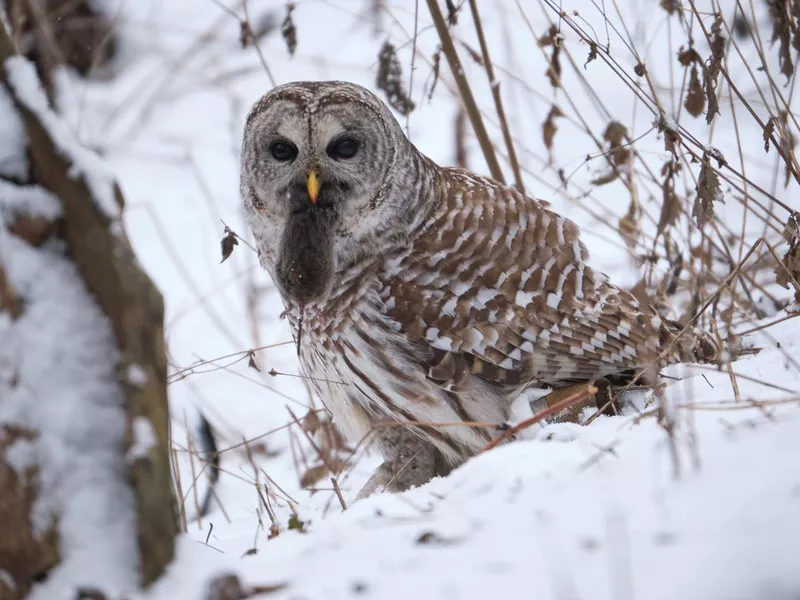
jean-francois / Getty Images
Some of us remember dissecting owl pellets in school … yuck!
But what we may not remember is that the reason owl pellets exist is because owls swallow their prey whole and then cough up the bones and fur.
Sea Otters Hold Hands While Sleeping
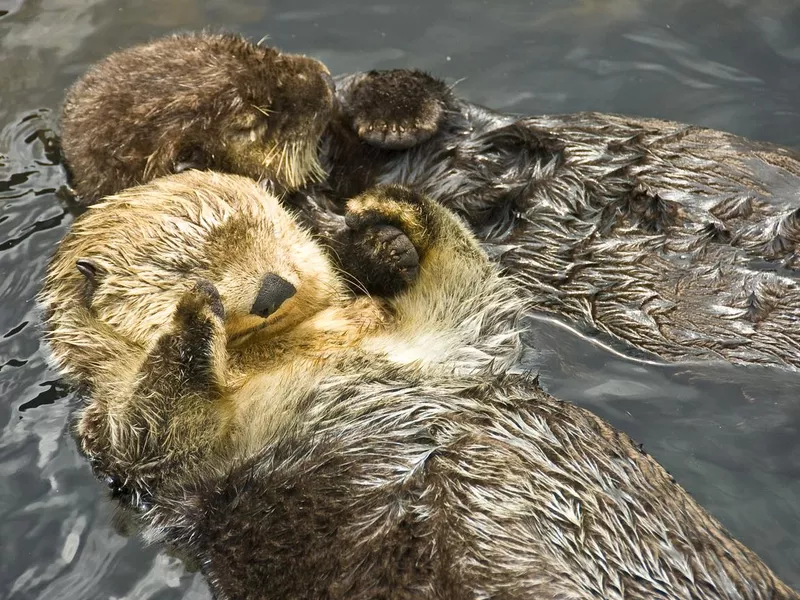
kugelblitz / Getty Images
Forget fun facts about animals. This fact is downright adorable. While sleeping, sea otters hold hands to ensure they do not drift away from their mate or other family members.
According to North America Nature, males also hold hands to ensure their female is not stolen by another male and to help protect themselves from predators.
Humpback Whales Use a Bubble Net to Catch Fish
Whales are pretty incredible. The Humpback Whale, in particular, works together within their pod to catch fish swimming in an upward spiral while blowing bubbles.
This creates a bubble net that fish cannot escape.
Some Catsharks Glow in the Dark
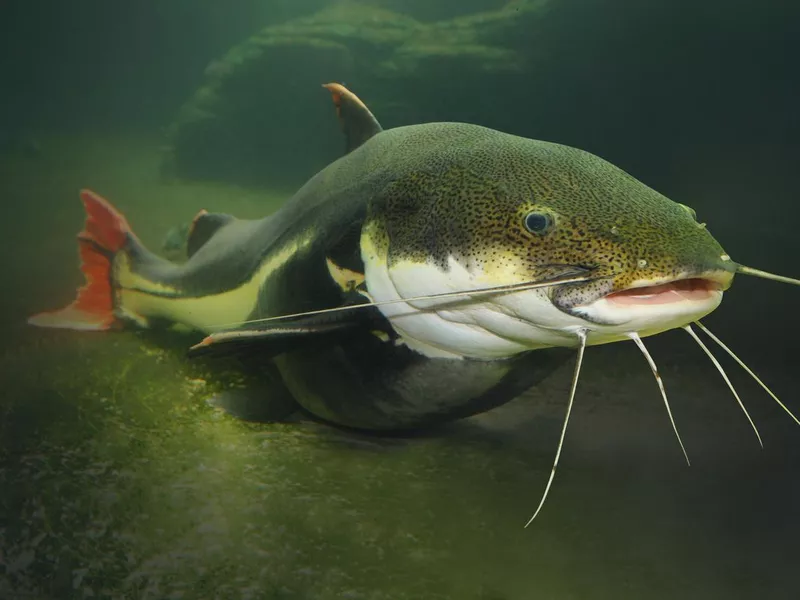
abadonian / Getty Images
A study published in iScience found that some catsharks have a biofluorescence that researchers believe may be involved in “central nervous system signaling, resilience to microbial infections and photoprotection.”
Sloths Are the Slowest Digesters

GeorgePeters / Getty Images
This weird animal fact may not surprise you: The slow-moving sloth is also the slowest moving digester.
Trials found their digestive system takes anywhere from 11 to 30 days to move food. That’s slower than any other mammal.
American Alligators Continue to Grow Into Their 20s
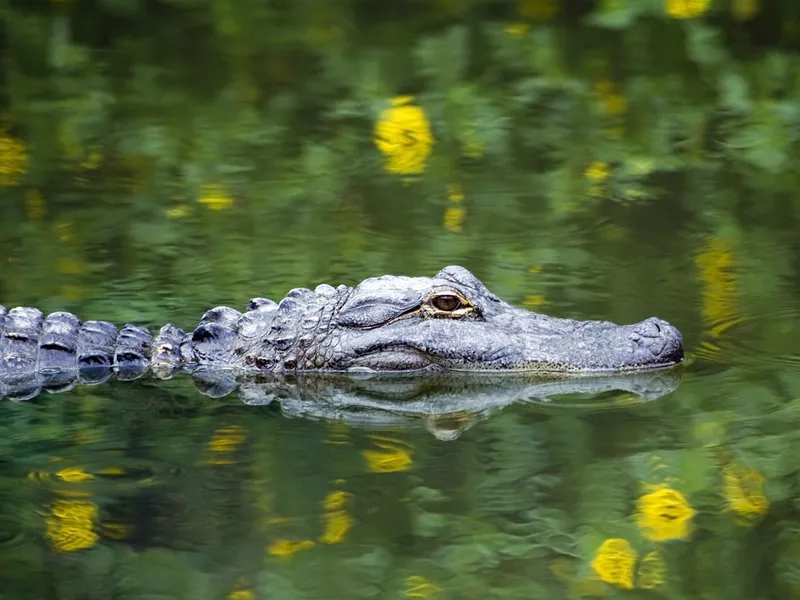
Mark Kostich / Getty Images
First, you may not have realized an alligator even lived that long!
More impressive is that they continue to grow into their 20s, with females continuing to grow for a bit longer than males on average.
Kangaroos Use Their Tail Like a Fifth Leg

slowmotiongli / Getty Images
While it has long been thought that kangaroos just used their tail for balance, it turns out that it’s used much more like a fifth leg.
A study published in Biology Letters in 2014, found that “the tail is responsible for as much propulsive force as the front and hind legs combined. It also generates almost exclusively positive mechanical power, performing as much mass-specific mechanical work as does a human leg while walking at the same speed.”
Cats Have Five Times the Number of Ear Muscles Humans Do
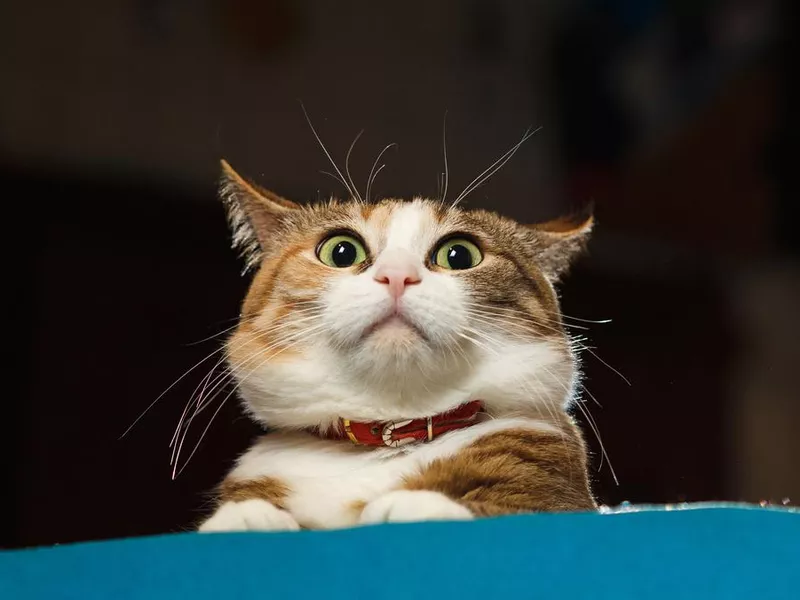
zsv3207 / Getty Images
If you have ever watched a cat, you may notice they can move their ears in a lot of crazy ways. From flat against their head to almost all 180 degrees, it’s quite impressive.
The reason for this is they have 32 muscles in their ears! Humans have just six.
Naked Mole Rats Are Resistant to Cancer

cweimer4 / Getty Images
While you may think they are funny looking, these naked creatures definitely have one thing going for them — they are cancer resistant.
According to research, naked mole rats have unique properties that keep cancer from multiplying in their bodies.
Prairie Dogs Use Teeth as Identifiers
Prairie dogs are often seen doing something that looks a whole lot like kissing. But, in reality, they are touching teeth together, which is how they recognize each other.
Check out this cute video of Prairie dogs “kissing” by Spy in the Wild BBC.
American Alligators Reach Sexual Maturity by Length, Not Years

kzubrycki / Getty Images
For most animals, we talk about reaching sexual maturity at a certain age, usually when a female goes into heat and can begin to reproduce.
But for American Alligators, sexual maturity is reached when they reach 1.83 meters, or about 6 feet.
African Bullfrogs Make Cocoons
Ever wondered how a bullfrog could live somewhere as dry as Africa? Well, the African bullfrog burrows underground and creates a watertight skin cocoon that keeps its bodily fluids from evaporating.
There it will hibernate until the rains come, up to seven years!
Cats Can Taste Adenosine Triphosphate

elenaleonova / Getty Images
What’s adenosine triphosphate? It’s the “compound that supplies energy in every living cell,” according to Scientific American.
And cats, oddly enough, can taste it researchers have found. It’s what helps a cat determine if something is “meat.”
Kangaroo Rats Rarely Need to Drink Water
These cuter-than-cute dessert rodents get almost all the water they need from the seeds they eat, which is how they survive in their desert habitat.
Spur-Winged Geese Are Poisonous
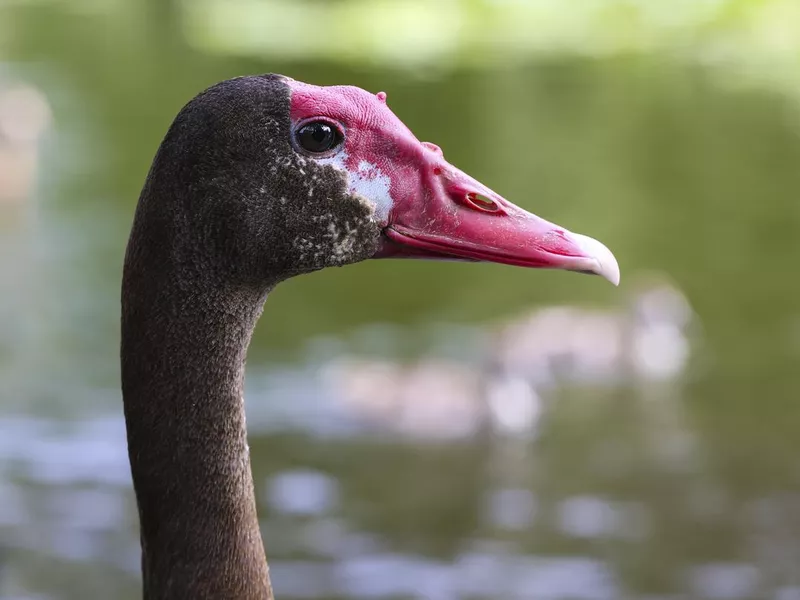
wildacad / Getty Images
How’s this for a fun fact about animals: Some geese can kill you. Just hear us out.
“You are what you eat,” the old saying goes, and nothing could be truer for the spur-winged goose.
They eat poisonous blister beetles that secrete a toxin called cantharidin. It stays within the tissue of the spur-winged goose, making it poisonous to those who eat it. Just 10 milligrams of cantharidin is enough to kill a human.